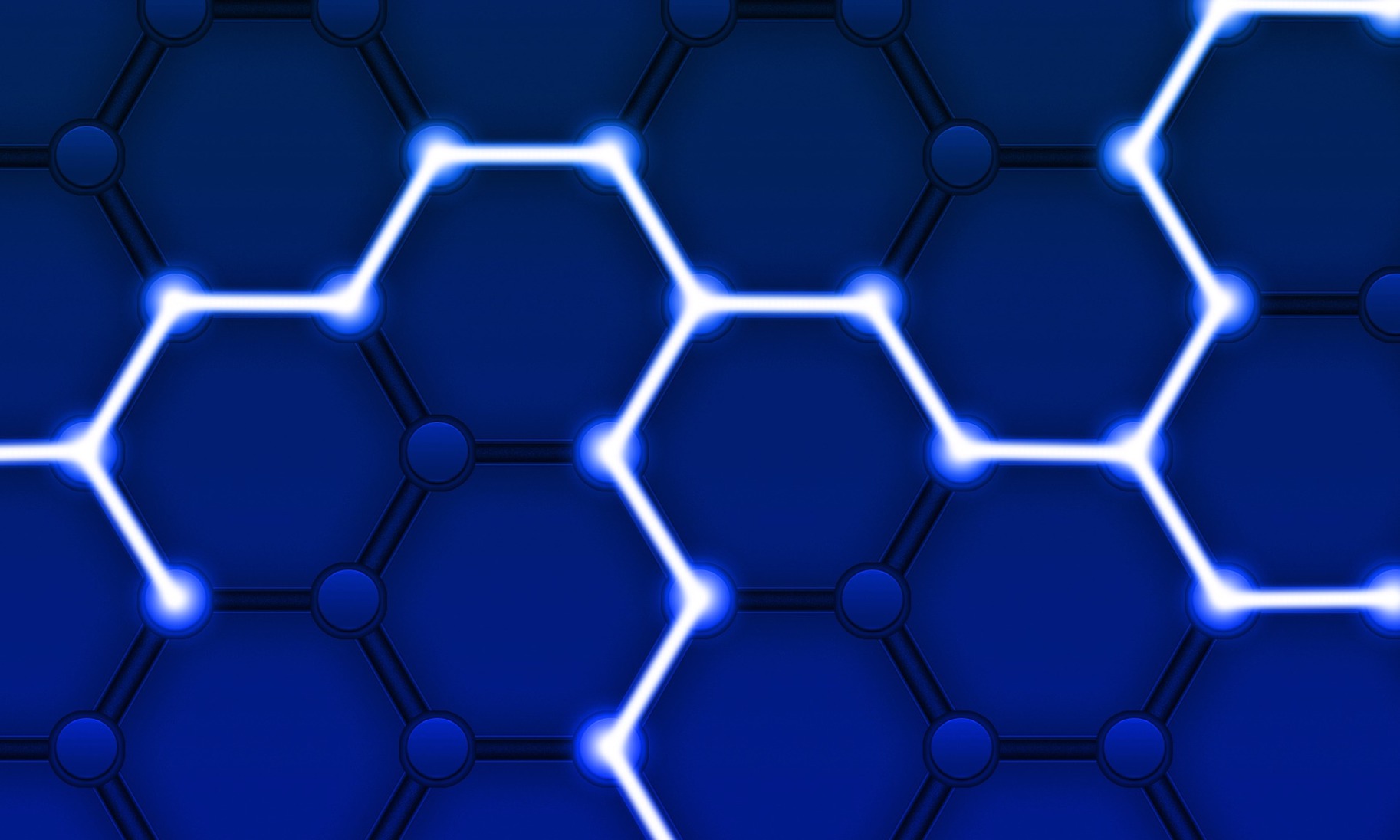Blockchain: 14 recommendations to remove existing technological and technical barriers
Date:
Changed on 03/08/2022

On April 15, 2019, the Minister of Economy and Finance Bruno Le Maire presented the national blockchain strategy at the Paris Blockchain Conference. The result of work carried out by the Directorate General for Business with the entire blockchain ecosystem in France, its ambition is to make France a "blockchain nation" by launching four areas of work:
As part of the second axis of this strategy, "to be at the forefront of technological challenges," the Minister of Economy, Finance and Recovery, the Minister of Higher Education, Research and Innovation and the Secretary of State for Digital Affairs have entrusted the CEA (French Alternative Energies and Atomic Energy Commission), the ITM ( Institute Mines-Télécom) and Inria with the drafting of a report aimed at "precisely defining all the technological and technical locks" around blockchain.
The authors of the report "The technological locks of blockchains:
This mission, which officially began in June 2019, has thus brought together a team of seven researchers and engineers around the subject of blockchain, including Georges Gonthier and Stéphane Dalmas, respectively senior Inria researcher and innovation advisor to Inria's general management.
The seven-month mission began with a series of interviews with 48 public and private sector players with clear experience of the technological challenges of blockchain: manufacturers, startups, researchers, and major financial institutions.
Verbatim
We spent a lot of time on this first part. We tried to go to each interview together most of the time, in order to understand all the nuances of the interviewees' answers with our different sensitivities. This served as a basis for the rest of the mission.
Auteur
Poste
Innovation Advisor to the General Management of Inria
These hearings were organized in two parts, with questions similar to those asked of all the participants, allowing them to make comparisons, and free questions adapted to each participant and giving them the opportunity to express their thoughts freely. The members of the mission were able to identify 18 barriers by "concern" (security, scaling, interoperability, etc.) and then to classify them according to their maturity and their potential for disruption.
Secondly, three maps were produced: one on the research laboratories working in the field of blockchain, a second on the teaching opportunities available in France today, including a comparison with what is being done in the world's leading universities, and a final one on the most active French startups in these technologies. The objective for the researchers involved was to analyze the capacity of the French ecosystem to lift the barriers.
"These two stages enabled us to identify, on the one hand, the resources available in France that could enable us to gain ground on the global market, and on the other hand, the points on which we needed to fill our gaps," explains Georges Gonthier, before adding, "For example, we were able to determine that we had strengths in programming languages, but on the other hand, that we needed to be able to generate more activity on the cryptographic pillar, which is a potential vector of innovation".
At the end of this mission, the researchers proposed a set of recommendations to promote the lifting of these barriers, and more generally the development of blockchain technologies for the benefit of society and the economic world.
On research:
On innovation:
On digital trust:
On public policy support:
On research-startup links:
On education:
The details of the barriers and recommendations proposed by the team of researchers of the mission can be found in the report "The technological barriers of blockchains", which can be downloaded in full below.